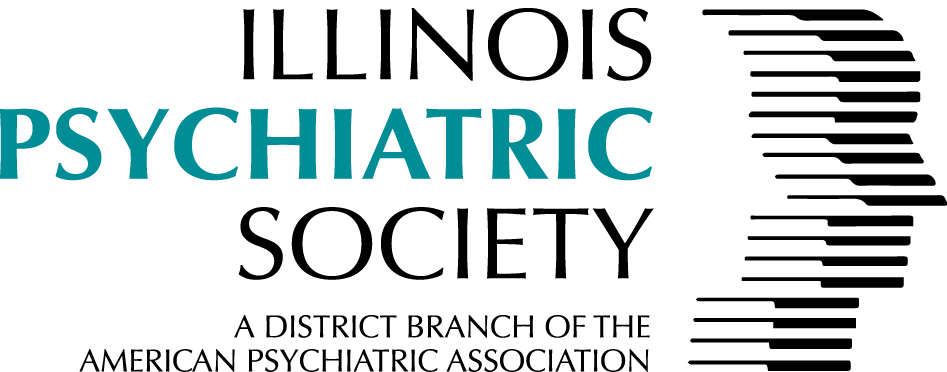Electronic Winter 2022 | Issue 53
Navigating the Realm of Private Practice
By: Jordan Romero, MD
During this year's annual meeting, Dr. Jordan Romero, MD was part of a panel session that covered tips for interviewing for residency/fellowship programs, contract negotiation logistics, and considerations for different settings when looking for a job. Medical students, trainees, early career psychiatrists, and even seasoned psychiatrists joined in on this session and participated in interactive discussion. For those who were unable to attend, or interested in a refresher, Dr. Romero compiled a list of questions and factors to consider when interviewing with a private practice based on his experience:
1. Where does the practice receive referrals/patient base from?
Note: This could be from primary care physicians, therapists, hospital systems, PHP/IOP programs, insurance websites, online search engines, etc. Proportions of patients from different referral sources will give you insight into how integrated the practice is in the community.
2. What are the payment sources for the patient base?
Note: This could include self-pay, Medicare/Medicaid, Private Insurance. Proportion of reimbursement from various sources will affect your take-home pay, unless you are a salaried employee. Keep in mind that different private insurance companies reimburse at different rates
3. Will you be a salaried employee, or will you receive a split/percentage of the gross revenue (70/30, 60/40, etc.)? (Each arrangement has its advantages/disadvantages)
4. Ask to see an anonymized example of another Psychiatrist’s reimbursement summary.
Note: This could include hours billed, amount billed to insurance, amount reimbursed by insurance, amount “adjusted”/written off/not able to be collected by insurance.
5. Will you be a W2 employee, or a 1099 employee?
Note: W2 means you are employed by the practice, whereas 1099 means the practice has hired you as an "Independent Contractor". In a W2 arrangement, the practice will provide you with an income and specified benefits (Health, Dental, Vision, Disability, Liability, Life, 401k, PTO, CME Days/reimbursement). In a 1099 arrangement, the practice will typically provide you with a higher gross income, but you will be responsible for purchasing your own benefits as well as paying more tax on your income. 1099 arrangements transfer tax burden from the practice to the "independent contractor"
6. What benefits does the practice offer?
Key considerations may include Health insurance, Dental, Vision, Short-Term Disability, Liability, Life Insurance, 401K (matching?), paid time off, CME days/reimbursement.
7. Know the difference between the kinds of liability insurance: Claims Made vs Occurrence. With a Claims Made liability policy, you may be responsible for purchasing "tail" insurance when/if you leave the practice. Tail insurance generally costs 200% of the expiring claims-made premium, which can be in the 10's of thousands of dollars. This is not a pleasant surprise if you are unaware and need to leave the practice.
8. Be clear on stipulations in any Non-Compete Clause/Restrictive Covenants: For X years after termination of agreement and within a X mile radius, you will be unable to accept clients from your former practice's patient/referral base. If you need to leave the practice for any reason, will you be able to earn a living where you want to live? There is some debate over how enforceable these clauses/covenants are. If your employment contract has one of these covenants, it may be beneficial to negotiate an exception for you to be able to work at a nonprofit community mental health center, inpatient unit of a nonprofit hospital, PHP/IOP for a nonprofit, or a government agency. This way, you can still earn a living working inside the non-compete radius until the agreed-upon timeframe expires, while not actually competing with your former practice.

